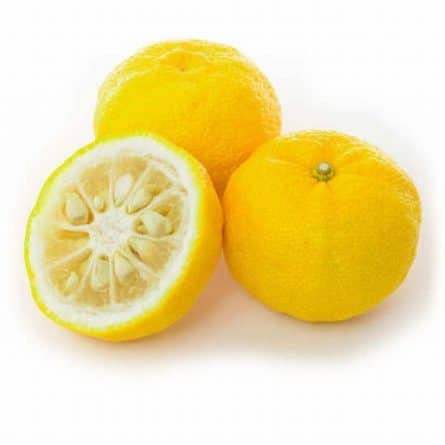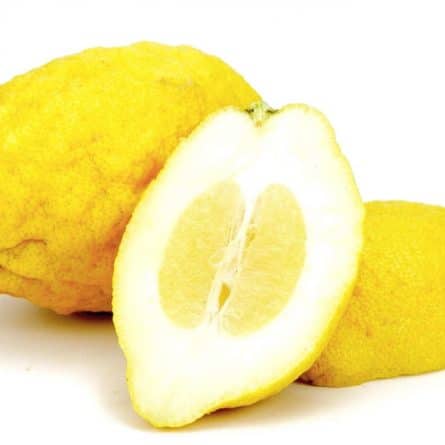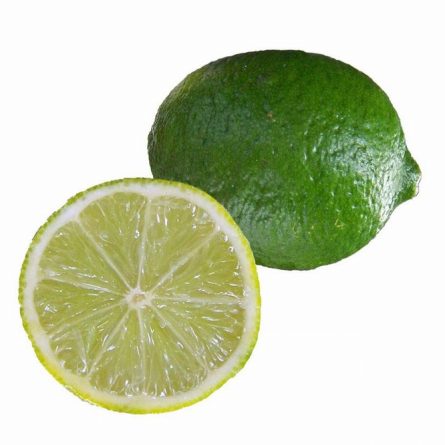Blood Orange
These special oranges blush red when there is a big swing in temperature between day and night. Varieties include Moro, Sanguinello and Tarocco.
Cooking: Juice the fruit and use in smoothies and cocktails.
Segment the fruit and use in a Sicilian salad with fennel, red onion, black olives, red chilli and mint.
Key points: There are various varieties. Moro are darkest - in season from January to February. Sanguinello are less dark in colour and available from February to around April. Tarocco are lightest in colour, available from December to May.
These varieties of orange blush red when there is a big swing between night time and day time temperatures. In Sicily, for example, they require the temperature to drop to -1 or -2°C for at least an hour and a swing of around 20°C between day and night.
The dark colouring is caused by the anthocyanin pigment found in the fruit.Origin Mainly grown around Mount Etna in Sicily
or in Valencia in Spain. Outside of the main season, you may also find imports from Australia or Brazil Season Depends on the variety - mainly January to March.
Growing: The blood oranges grown around Mount Etna have the Protected Geographical Indication (PGI).
Cooking: Juice the fruit and use in smoothies and cocktails. Segment the fruit and use in a Sicilian salad with fennel, red onion, black olives, red chilli and mint.
Try in compotes, jams, sorbets and granitas.Make a salad of blood orange segments, kohl rabi and radicchio and serve with mackerel.
Search online for chef Yotam Ottolenghi’s
dish of blood oranges with burrata.




